

The most common understanding of the term STEM is Science, Technology, Engineering and Mathematics. STEM can be a confusing title because it
seeks to group a range of subjects which are distinct, yet have fundamental commonalities in their underlying principles.
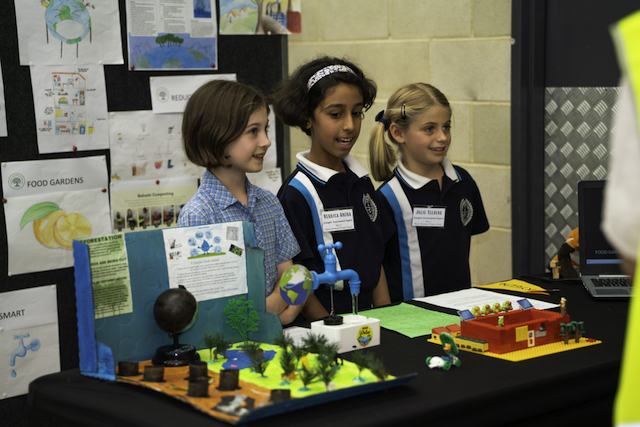

Scientists study natural phenomena and create formulae to explain, or predict, the behaviour of light, sound, chemicals, energy, organic and inorganic materials, and the universe.
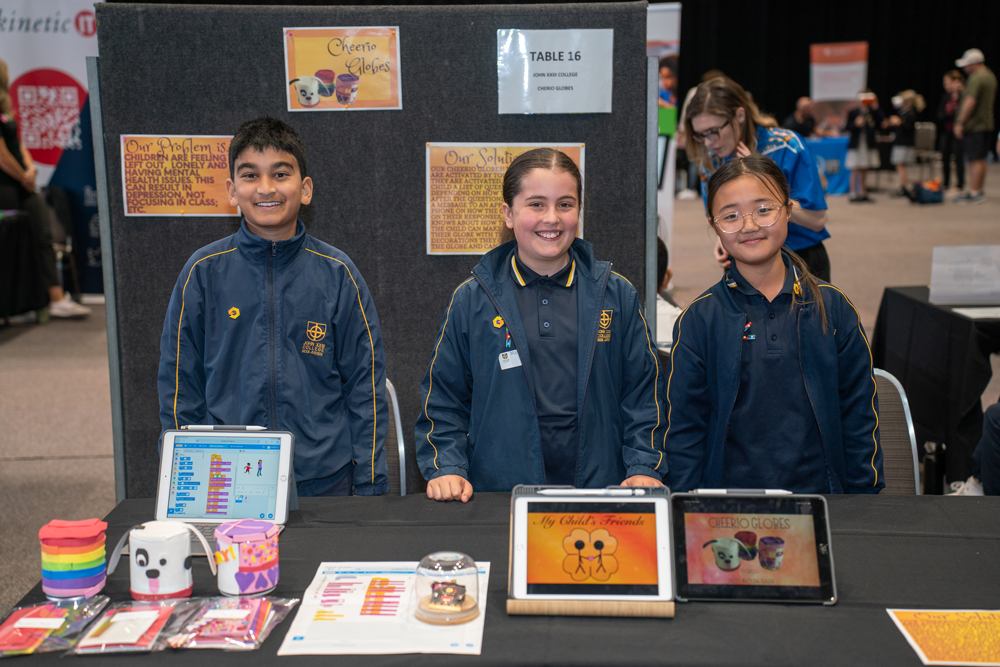

Technologists use Engineering, Science and Mathematics to make an existing task, process or item, safer, more efficient or more cost effective.
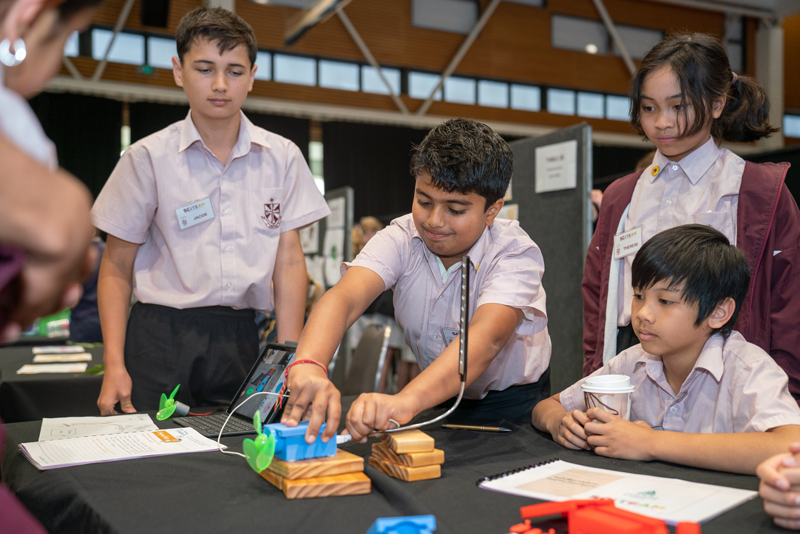

Engineers use a combination of Mathematics, Technology and Science, to design and build things and systems, in a safe and reliable way, at the lowest reasonable cost.
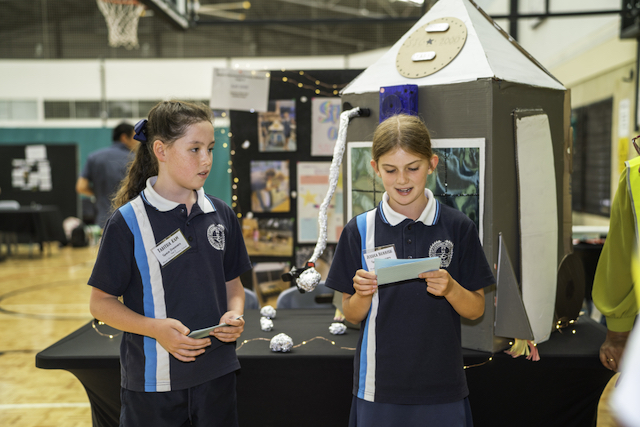

Mathematicians study the relationships between numbers to create formulae. Formulae can be used to create “models” of behaviour of the physical world and are utilised in Science, Technology and Engineering.


To assist in their fields, STEM professionals often use computers to solve complex tasks. Computers are becoming more common in every day
life and their use is becoming crucial to all kinds of careers. The four basic computational skills that students should develop are:
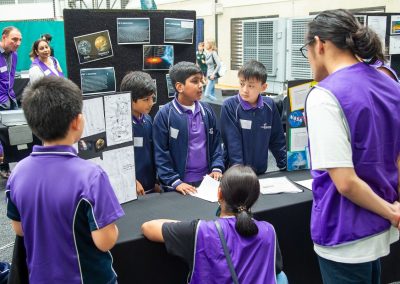
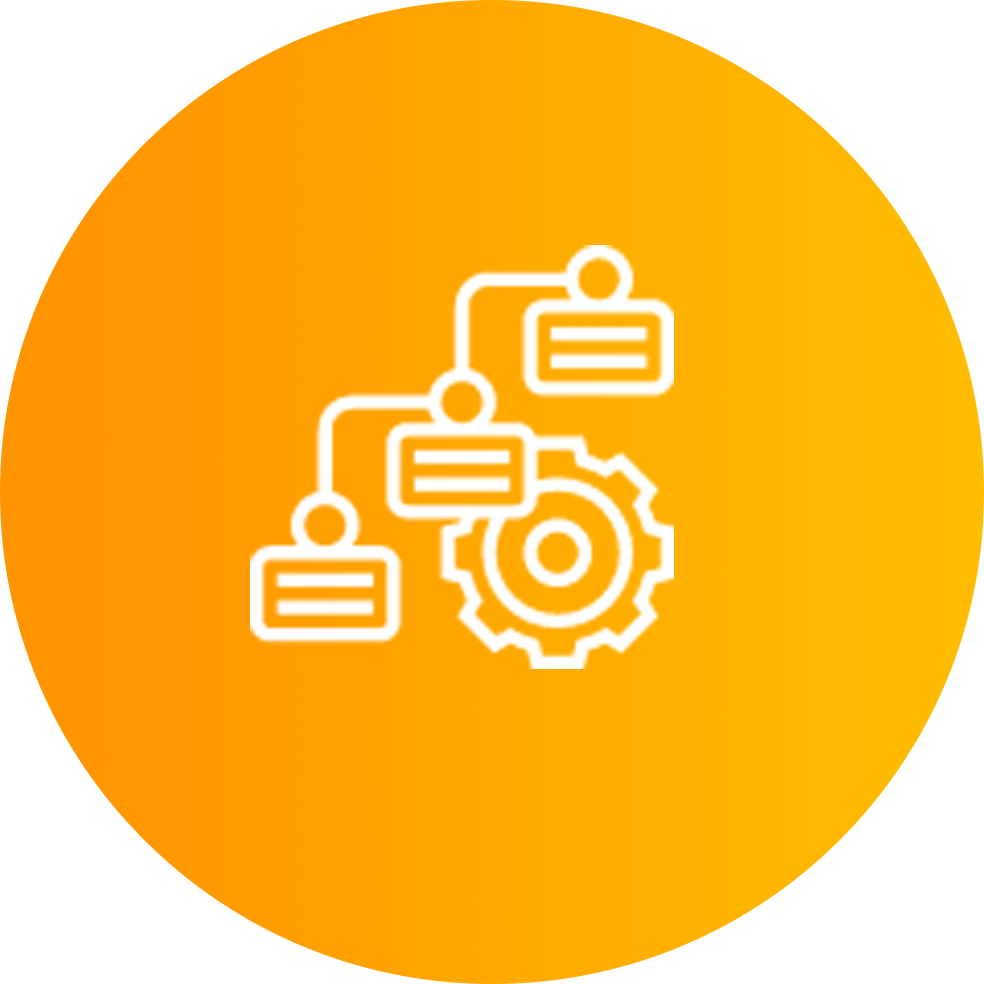
The concept of using a number of simple commands to create more complex operations. This includes the concepts of which instructions to use, and the order, or sequencing of the instructions is required, to achieve a desired outcome.
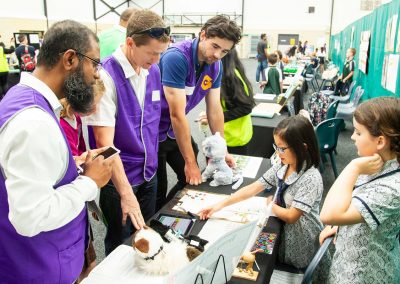

The concept and use of the “test” instruction to modify the results, or perform a different operation, based on the values of the input data. Students need to understand which test to use, how many tests are needed and when to perform a test.
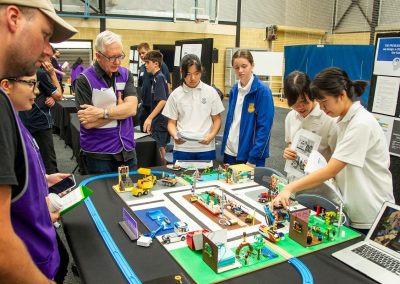

The concept and use of a loop to repeat a number of operations to achieve something. e.g. A 10 cm square can be drawn by repeating the following command, 4 times, “draw a line 10 cm long, then turn 90 degrees to the right.”
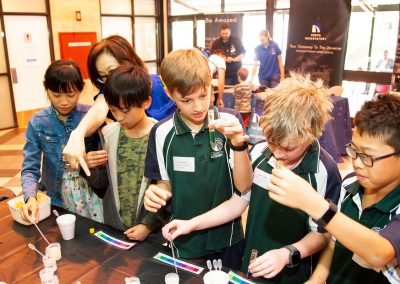

A sub-routine is a set of instructions that calculates values, implements features, that are used repeatedly in a program e.g. printing, getting a command or data, calculating the square root of a number etc. Students need to understand how to send a value or values to a sub-routine and how a sub-routine can send or “return” a value or values to the main program.



When Engineers need to solve a problem, they use a process known as the Engineering Design Process. This process can lead to new technology
which solves a new problem, or solves an already solved problem in a new way. The Engineering Design Process is similar to the Scientific
Method used by Scientists.
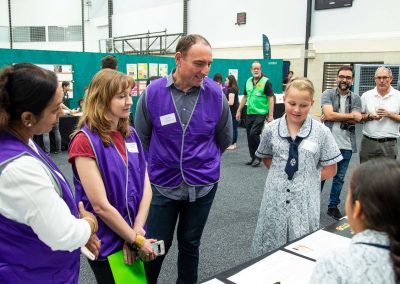

The first step of the engineering design process is ideation. In this phase the team considers what problem they are looking to address and what mathematics, science and/or engineering principles might be able to help them solve the problem. During this phase it is important to think through the following:
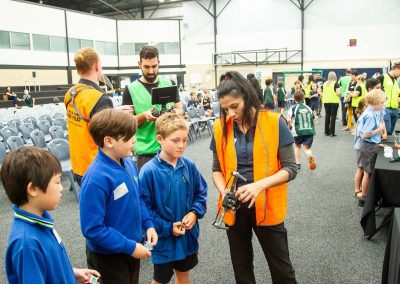

Now it is time to start thinking about solutions. It’s best to brainstorm solutions and generate as many ideas as possible. It doesn’t matter how weird or wacky the suggestions are.
Once this is done, each of these ideas should be discussed and measured against the original problem. Does it meet the requirements of the user? Are there parts of the idea which might work with another idea?
The goal should be to collect one or more great ideas which are worth exploring further. These ideas will be refined and improved throughout the project.
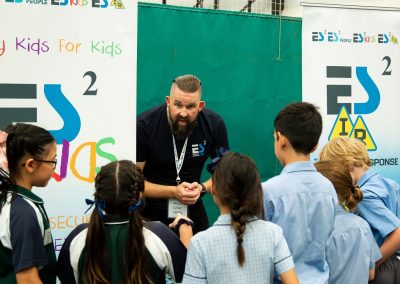

To complete your project you will need to prepare to show it to others, so that they may understand the problem you are trying to solve, your process and your solution. Professional engineers always do the same, thoroughly documenting their solutions. This presentation should not just be about the final solution that you came up with but the whole design process. It should include ideas you tried, other things you might have liked to do with more time and ways you think your solution could been better.
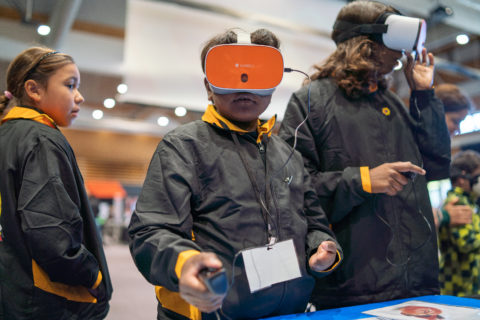

A prototype is a test of the solution. It may not be the final version of the technology but it should demonstrate the key elements of the solution and allow the design team to see how the solution might work.
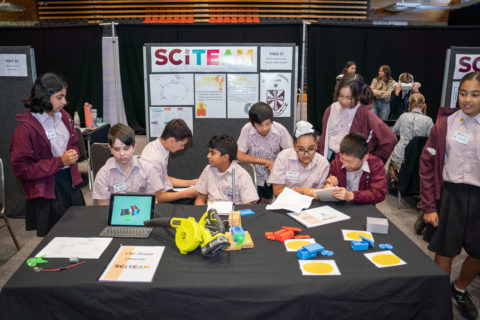
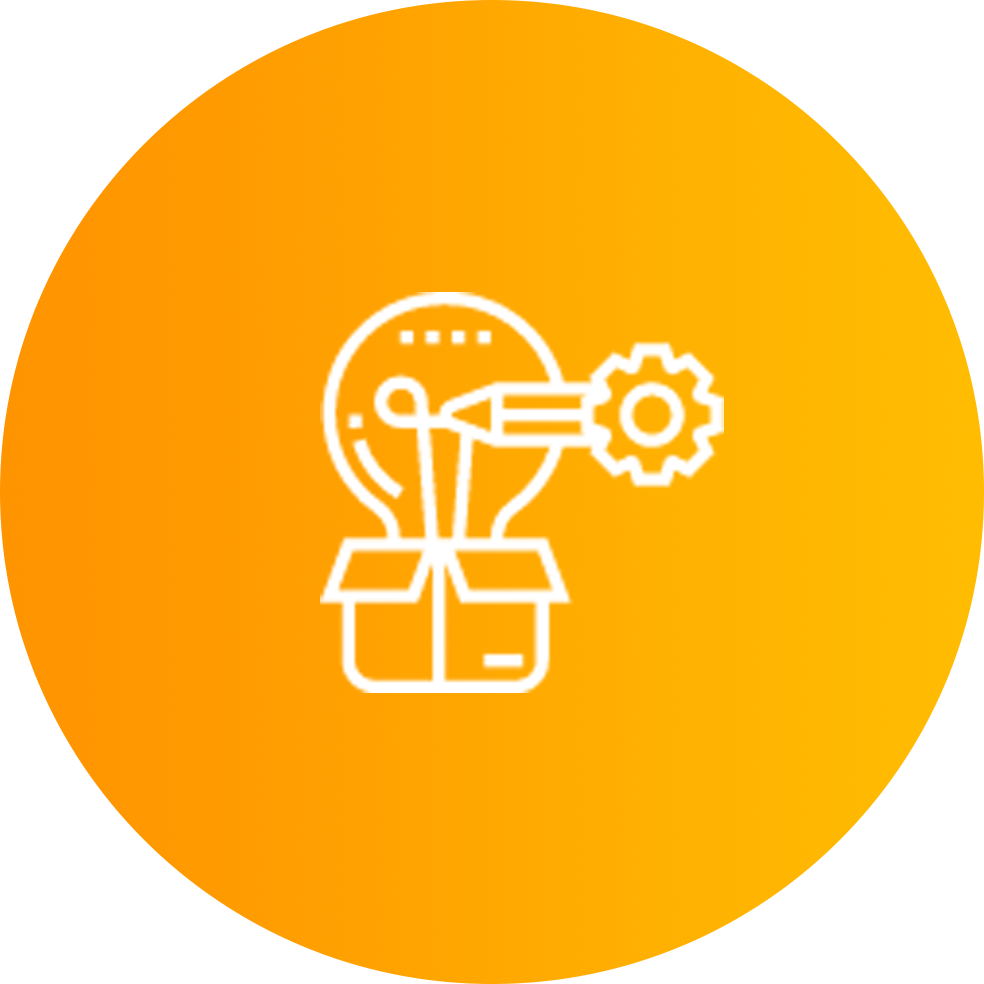
The design process involves multiple iterations and redesigns of your solution. You will likely test your solution, find new problems, make changes and test new solutions before settling on a final design.